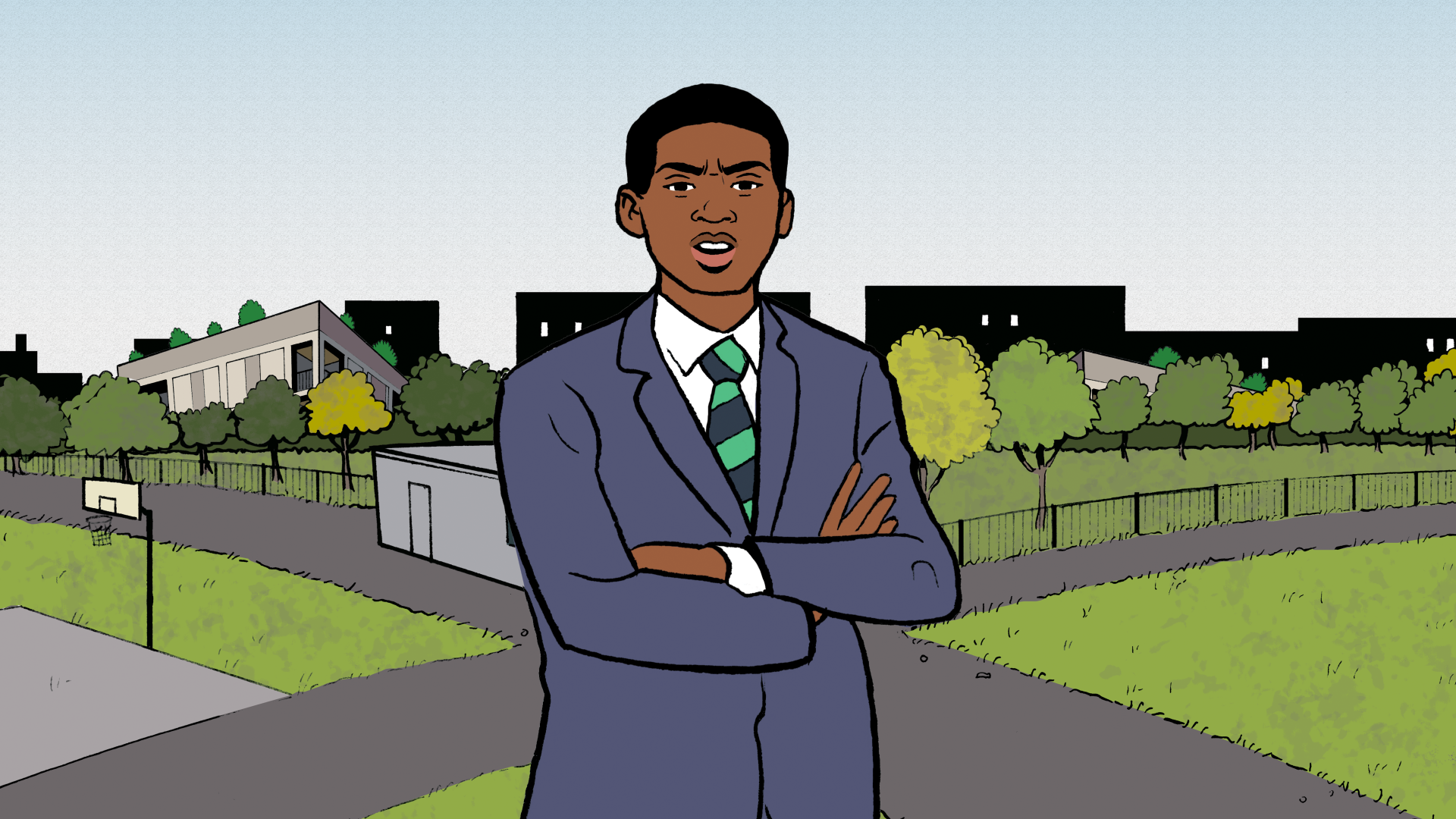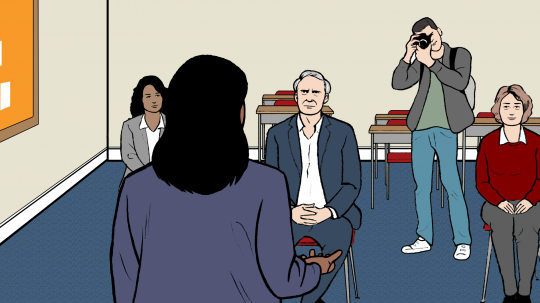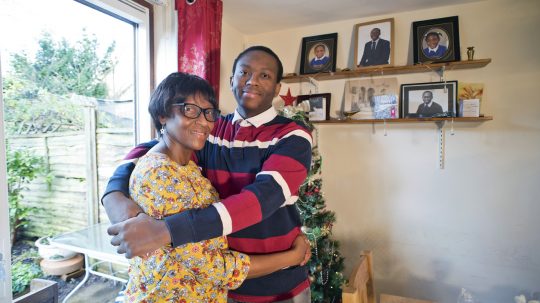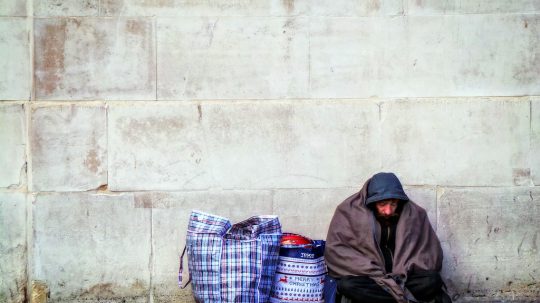Young people are facing unprecedented pressures: from mental health strains to an uncertain job market. Youth work will be vital to rebuilding lives after the pandemic and it cannot be allowed to collapse, write Lawand Omar and Ami Kourouma.
Earlier this month, the National Youth Agency (NYA) released a report on the state of youth work provision looking ahead to this winter. It made for depressing reading, with predictions of further losses within a sector that has suffered disproportionately over the past ten years of austerity.
According to the report, “for every £16 cut on local services, £1 falls on youth work”. The report paints a bleak picture for the next few months, with one in two youth charities “not able to meet operational costs within 12 months,” and seven in ten to “have lost staff capacity”.
In the context of a global pandemic, with health systems around the world collapsing under the strain of Covid-19 and countries racking up record levels of debt, the closure of a few more youth centres may not seem to be high on the priority list in terms of concerns.
However, if anything, the past eight months have demonstrated the importance of youth work in supporting young people to create a better, more equal and understanding future for the world – something we all need if we are to face the challenges in the years ahead.
Our local youth centre, in west London, where we and hundreds of our peers attend in normal times, is an example of how youth work has been able to swiftly and effectively adapt to the new conditions under lockdown.
The reason it was able to do this is not merely due to the dexterity of the staff, but the very nature of the work itself. It is intrinsically embedded in the lives of the young people and the communities they live in.
Whilst many organisations struggled to find their raison d’etre in our new reality, youth work responded to the same questions it always asks: what are the needs and desires of young people? And how best do we support them to reach these?
This has taken three strands. This first is support – whether it is just being on the end of the phone, providing therapeutic sessions or helping with structural issues such as employment and housing.
Youth work has provided a backbone of support and consistency.
Lawand Omar and Ami Kourouma
The second is development, this includes endless debates about a whole range of issues, sharing new skills in music, the arts, whatever, with young people. The third is helping young people to explore their engagement with the world (more endless debates, making podcasts, providing platforms to discuss issues like Black Lives Matter).
Whilst so many avenues have shut for young people during the past few months, youth work has provided a backbone of support and consistency that is especially important when our world seems so messed up.
The importance of this should not be underestimated. So many young people refer to the youth centre as a second home, a space where they feel safe, not just to hang out but to challenge and be challenged, to question the decisions they make and that are made about them, without fear of reprisal or rejection.
For me (Lawand), as a young man of Kurdish descent, I am well versed in the struggles of my people. The debates here are obviously highly charged and often polarised.

Many young people said the youth centre was somewhere they felt safe. Credit: Unsplash
It has been through lengthy debates with my youth worker that I have developed more nuanced opinions. I am not alone in this – over lockdown the youth centre and The Equality Trust released a website of an art exhibition that looks at young people’s experiences of and attitudes towards race and racism.
This is so different from other agencies. For example, colleges’ end goal is solely qualifications, whereas youth work is about holistic development – without the pressure of pre-prescribed goals – allowing young people like me to explore our place in the world and how we choose to engage.
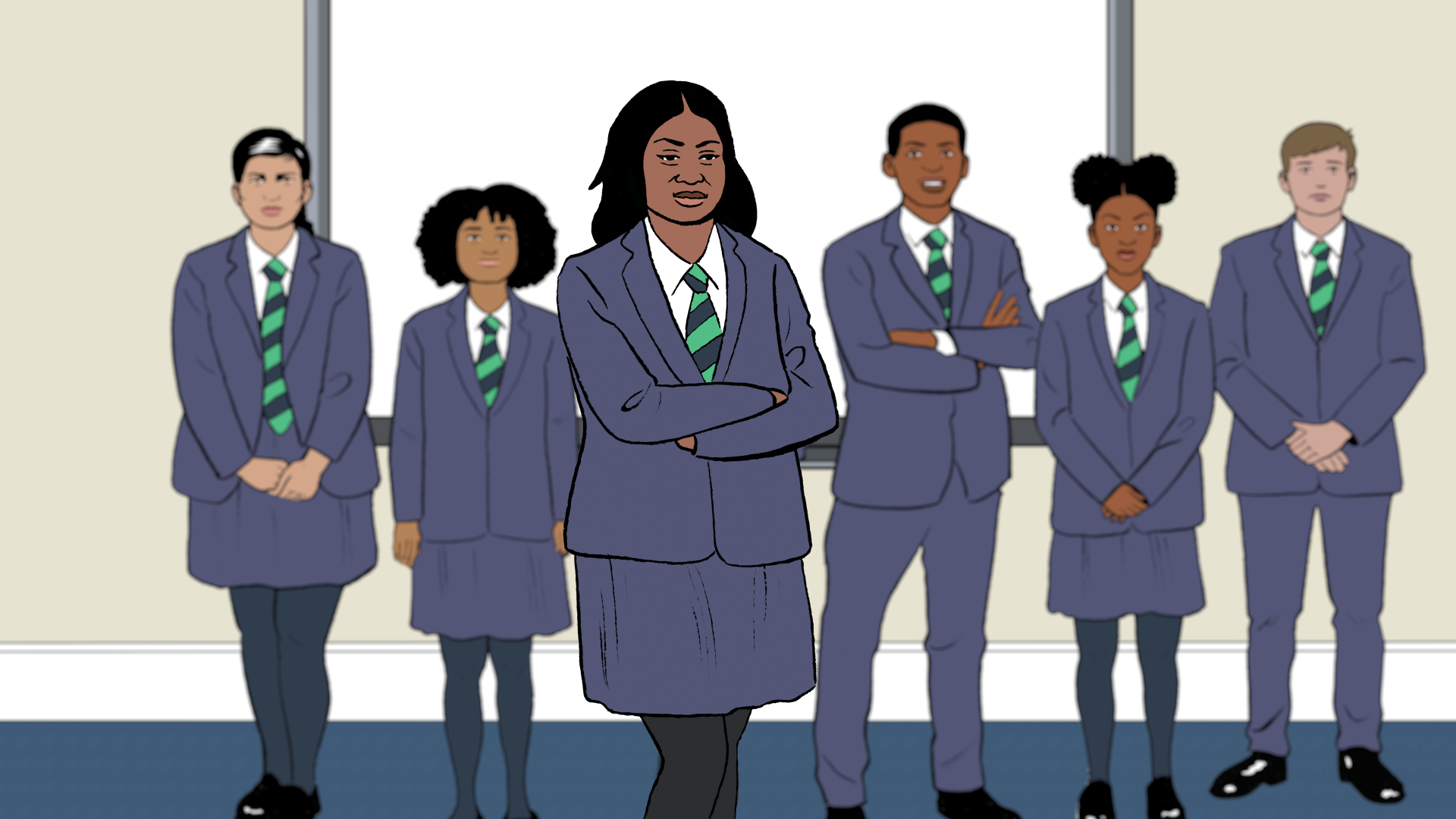
Young people who go to a west London youth centre. Credit: Jon Sack
Likewise for me (Ami), the regular contact with youth workers over lockdown (I talk to at least one of them most days) has transformed what could have been a period of extreme boredom (with all of the destructive results this can lead to) into one of personal growth.
The thing that has made the biggest difference to me has been the knowledge that I have people around me who will support me, challenge me and motivate me.
Ami Kourouma
From support with accessing employment to giving me a platform to express myself, the youth workers have been by my side in a way that no other professional could ever be.
Whilst we can celebrate the show stopping events, the thing that has made the biggest difference to me has been the knowledge that I have people around me who will support me, challenge me and motivate me to be the best version of myself.
As young people looking ahead towards the next few years, it is hard to feel positive. On the horizon we have mass youth unemployment, a spike in mental health issues, and political and social disenfranchisement. If the predictions in the NYA’s report come true, young people will have to face these challenges without the support of one of the professions they need most.
The pandemic has shown the adaptability of youth work, something we need as a society facing unprecedented changes. Rather than further cutting a sector that the NYA says is already “running on empty”, surely, we would be better off recognising and enhancing the role youth work has in the rebuilding process ahead.
The views expressed in this article are those of the authors and do not necessarily reflect the views of EachOther.

